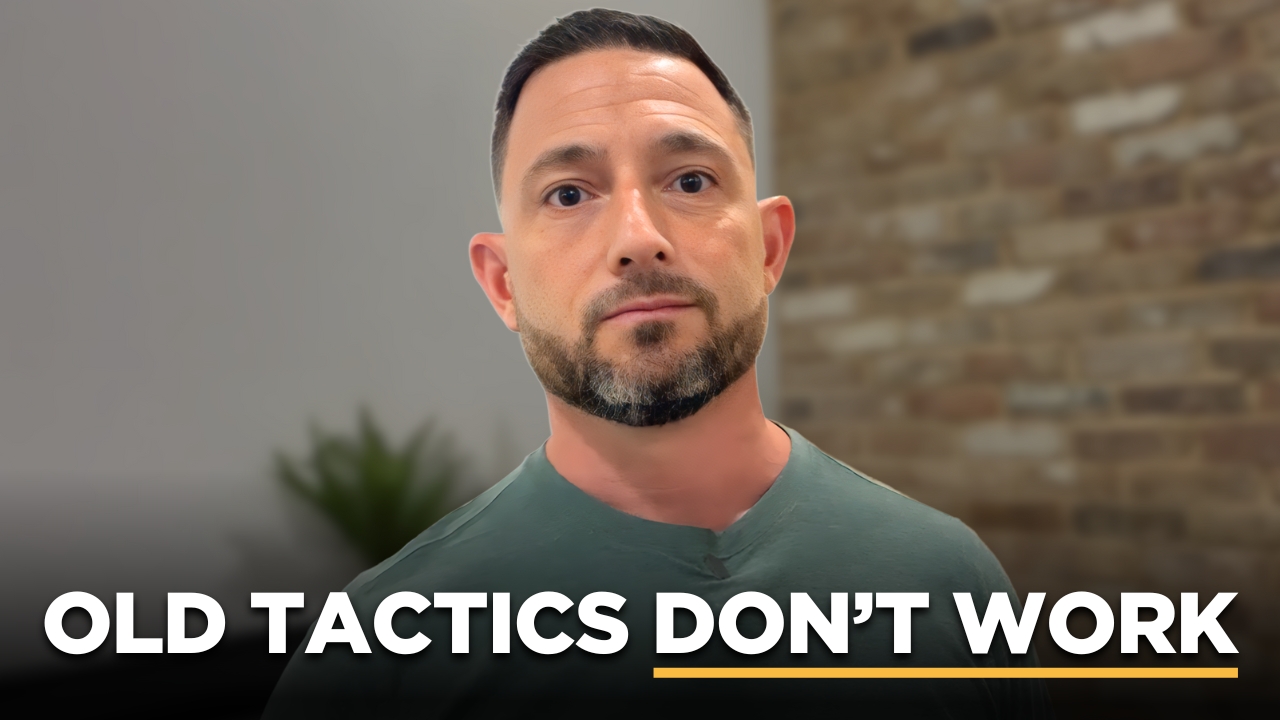When You’re Ready To Be Different. Schedule a strategy call to see how you’re positioned in today’s market. Book a Call
A client recently asked me, “Why did rates go up again when the Fed just lowered them?” It’s a great question, and today, I’m here to break it down for you.
Let’s clarify something that often gets lost in the noise: when the Fed makes a move, it’s not just about them. It’s about the bond market, particularly Treasury yields. Understanding the relationship between these can give you a sneak peek into where mortgage rates might be headed.
What are treasury yields? Think of the U.S. Treasuries as government IOUs. They are safe investments that set the tone for other types of loans. When investors buy Treasuries, the yield, the return they expect, drops because of increased demand. Conversely, when they sell, yields rise. This is where it gets interesting for mortgage rates.
Mortgage rates don’t follow the Fed directly; they follow the ten-year Treasury yield. Simply put, mortgage-backed securities, bundles of home loans, compete with the U.S. Treasuries for investor money.
This means that when Treasury yields move, mortgage rates do too. You’ve probably heard the saying, “A rising tide lifts all boats.” In this case, Treasury yields are the tide, and mortgage rates are the boats.
The spread between mortgage rates and treasury yields. Now, there’s a gap between mortgage rates and Treasury yields. Treasuries are considered almost risk-free, thanks to the backing of the U.S. government. Mortgages, on the other hand, carry a bit more risk since they depend on individual borrowers paying back their loans.
Historically, this gap has been about 1.7%. However, in recent years, it has widened to over 3% due to increased risk and uncertainty in the real estate market. This means rates are higher than we expected.
How do rates move? Here are several factors affecting mortgage rates:
1. Inflation: When inflation is high, investors seek higher yields to protect their money. This leads to higher mortgage rates.
2. Fed policy: While mortgage rates don’t follow the Fed directly, their monetary policies can influence where money flows, which indirectly affects rates.
3. Economic data: Factors like labor data, stock market fluctuations, and GDP numbers all impact how money moves in and out of investment vehicles.
4. Global events: Turmoil often drives money into safe investments, reducing yields. Think of it like a seesaw: one side represents safety, while the other represents confidence. When investors feel nervous, they lean toward safety, pushing yields down.
Why should you care about all this? Historically, mortgage rates tend to drop when the Fed signals it might lower its rate. Recently, the Fed announced potential rate drops in 2025 due to softening economic conditions. If this holds true, we could see mortgage rates drop ahead of those decisions.
This insight is essential, especially if you’re trying to time the market. While I can’t predict the future, I can help you understand the indicators that influence mortgage rates. This knowledge can impact your buying power, refinancing options, and even the value of your home.
The more you understand these factors, the better decisions you can make. If you have any questions or want to see how this affects your situation, please don’t hesitate to reach out. Contact me at (443) 375-2224 or nick@storyline-homes.com. I’m always here to help you navigate this complex landscape.
-
When You’re Ready To Be Different. Schedule a strategy call to see how you’re positioned in today’s market. Book a Call
-
Find Your Home’s Market Position. See how the market has affected your home's value based on key trends happening in your area. Get Estimate
-
Free Real Estate Newsletter. Get our latest Q&A, insights, and market updates to make smarter decisions. Subscribe Now








